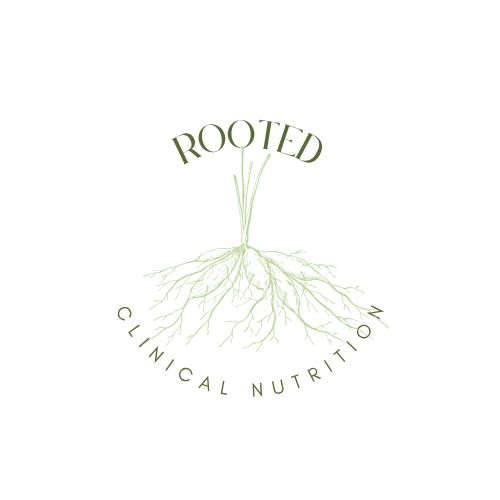Heart Disease Prevention Tips for Ages 31 - 50
According to the CDC, cardiovascular disease is the #1 leading cause of death for both men and women in the United States. High blood pressure and cholesterol are key risk factors for the development of cardiovascular disease including other medical conditions and lifestyle factors such as: diabetes, smoking, excessive alcohol consumption, low physical activity levels, obesity and poor diet.
Nutritional Strategies for Cardiovascular Disease Prevention:
1. Reducing saturated fats:
Saturated fats include animal fats (beef, lamb, pork), full-fat dairy products, eggs, coconut oil, and palm oil. Adding lean animal proteins like tilapia, cod, chicken (without the skin), and turkey into your weekly meal/dinner plans or swapping whole milk and dairy products with low-fat, 2%, or skim to reduce saturated fats.
2. Limit sodium intake:
According to the FDA, adults should consume less than 2,300 milligrams of sodium per day. Packages, prepared, and fast food contributes the most to sodium intake. Reading nutrition labels, finding reduced sodium versions of staple ingredients (deli meat, frozen meals, canned foods, broths/stocks) or snacks, preparing fresh foods and limiting pre-packaged foods can help lower daily sodium intake!
3. Eat a variety of fruits and vegetables:
Research shows including more fruits and vegetables in your diet can lower the risk of developing cardiovascular disease.
Following these 3 steps can reduce your risk of developing both high cholesterol and high blood pressure, lowering your risk for developing cardiovascular disease. The chart below includes 5 meal planning tools and resources to assist making healthier choices with the goal of disease prevention:
-
Benefits:
• Easy to track meals
• Create favorite recipes to repeat
• Shows value of macronutrients (protein, carbs, fats) including other daily values of sodium, fiber, water, saturated fats, vitamins and minerals
Cost:
• Free subscription
• Cronometer Gold subscription $54.99 yearly OR $9.99 monthly
Prevention:
• Allows for easy tracking of sodium levels, saturated fat intake and fruit and vegetable intake
-
Benefits:
• Great for busy adults!
• Creates weekly meal plan for you
• Sticks to dietary preferences
• Creates grocery list for weekly meal plan
Cost:
• Free subscription (limited access to meal plan and grocery list)
• $59.99 yearly
• $14.99 monthly
Prevention:
• Tracks macronutrients
• Creates portion sizes
• Eliminates the planning and creating of the menu
-
Benefits:
• Great for busy adults!
• Minimize weekly grocery trips
• Can select from weekly menus of multiple dinner options
Cost:
Can choose for either 2 or 4 people and from 2-6 meals per week
For 2 people:
2 meals = $56.95
3 meals = $70.93
4 meals = $90.91
5 meals = $110.89
6 meals = $130.87
Prevention:
• Healthy portion sizes
• Can customize diet restrictions or plans (Mediterranean, paleo, pescatarian, vegetarian, vegan, no-dairy, etc.)
-
Benefits:
• Can search for breakfast, lunch, dinner and snack recipes/ideas
• Can organize liked recipes into “boards” for easy access
Cost:
Free
Prevention:
• Can find a multitude of recipes that are low sodium, low-fat and delicious
• Preparing fresh food
-
Benefits:
• Can search for breakfast, lunch, dinner and snack recipes/ideas
• Can organize saved videos into “collections” for easy access
• Video model of making recipe
Cost:
Free
Prevention:
• Can find a multitude of recipes that are low sodium, low-fat and delicious
• Preparing fresh food
• Connecting with others
References:
Brown, J. Nutrition Through the Life Cycle. 7th ed. Cengage Learning; 2020.
Heart Disease Facts. Centers for Disease Control and Prevention. May 15, 2023. Accessed December 10, 2023. https://www.cdc.gov/heartdisease/facts.htm.
Saturated Fat. May 10, 2023. Accessed December 10, 2023. https://www.heart.org/en/healthy-living/healthy-eating/eat-smart/fats/saturated-fats
Center for Food Safety and Applied Nutrition. Sodium in Your Diet. U.S. Food and Drug Administration. Accessed December 10, 2023. https://www.fda.gov/food/nutrition-education-resources-materials/sodium-your-diet#:~:text=Americans%20eat%20on%20average%20about,1%20teaspoon%20of%20table%20salt

